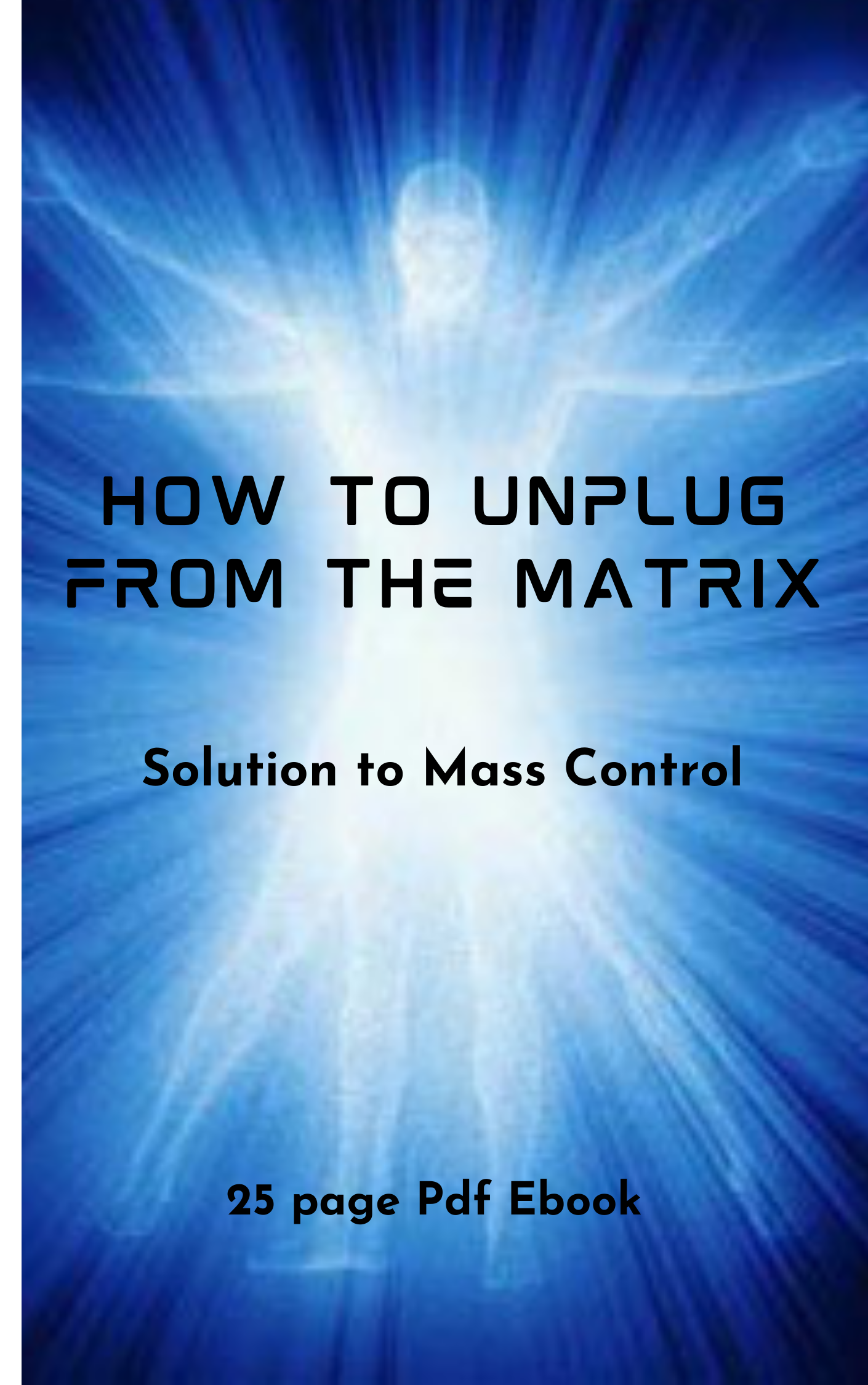Prior to the 17th century most money was commodity money, typically However, promises to pay were widely circulated and accepted as value at least five hundred years earlier in both Europe and Asia.
The medieval European Knights Templar ran an early prototype of a central banking system, as their promises to pay were widely respected, and many regard their activities as having laid the basis for the modern banking system.
Although some would point to the 1694 establishment Bank of England as the origin of central banking, it did not have the functions as a modern central bank then, namely, to regulate the value of the national currency, to finance the government, to be the sole authorised distributor of banknotes, and to function as a ‘lender of last resort’ to banks suffering a liquidity crisis. The modern central bank evolved slowly through the 18th and 19th centuries to reach its current form.
The Bank was originally a private institution, but by the end of the 18th century it was increasingly being regarded as a public authority with civic responsibility toward the upkeep of a healthy financial system. The currency crisis of 1797, caused by panicked depositors withdrawing from the Bank led to the government suspending convertibility of notes into specie payment.
ORGAN OF THE STATE
The bank was soon accused by the bullionists of causing the exchange rate to fall from over issuing banknotes, a charge which the Bank denied. Nevertheless, it was clear that the Bank was being treated as an organ of the state.
Until the mid-nineteenth century, notes issued by provincial banking companies were commonly in circulation. Many consider the origins of the central bank to lie with the passage of the Bank Charter Act of 1844. Under this law, authorisation to issue new banknotes was restricted to the Bank of England.
At the same time, the Bank of England was restricted to issue new banknotes only if they were 100% backed by gold or up to £14 million in government debt. The Act served to restrict the supply of new notes reaching circulation.
The Bank accepted the role of ‘lender of last resort’ in the 1870s after criticism of its lacklustre response to the Overend-Gurney crisis. The journalist Walter Bagehot wrote on the subject in Lombard Street: A Description of the Money Market, in which he advocated for the Bank to officially become a lender of last resort during a credit crunch,
CLICK ON ABOVE GRAPHIC FOR MORE INFORMATION
SPREAD AROUND THE WORLD
Central banks were established in many European countries during the 19th century.
Although central banks today are generally associated with fiat money, the 19th and early 20th centuries central banks in most of Europe and Japan developed under the international gold standard, elsewhere free banking or currency boards were more usual at this time. Problems with collapses of banks during downturns, however, led to wider support for central banks.
During the twentieth century, the role of the central bank grew to include influencing or managing various macroeconomic policy variables, including measures of inflation, unemployment, and the international balance of payments. central banks have from time to time attempted to manage interest rates, reserve requirements.
On 23 December 1913 the U.S. Congress created the US Federal Reserve through the passing of The Federal Reserve Act in the Senate and its signing by President Woodrow Wilson on the same day.
ANDREW HALDANE
Andrew Haldane from the Bank of England said “central bankers may need to accept that their good old days – of adjusting interest rates to boost employment or contain inflation – may be gone for good”. The European Central Bank and The Bank of Japan whose economies are in or close to deflation, continue quantitative easing buying securities to encourage more lending.
CLICK ON ABOVE GRAPHIC FOR MORE INFORMATION
ACTIVITIES AND RESPONSIBILITIES
Functions of a central bank may include:
• implementing monetary policies.
• setting the official interest rate – to manage both inflation and the country’s exchange rate
• controlling the nation’s entire money supply
• the Government’s banker and the bankers’ bank (“lender of last resort”)
• managing the country’s foreign exchange and gold reserves
• regulating and supervising the banking industry
CURRENCY ISSUANCE
Monetary policy involves establishing what form of currency the country may have, whether a fiat currency, gold-backed currency (disallowed for countries in the International Monetary Fund), currency board or a currency union.
When a country has its own national currency, this involves the issue of some form of standardized currency, which is essentially a form of promissory note: a promise to exchange the note for “money”.Historically, this was often a promise to exchange the money for precious metals in some fixed amount.
A central bank may use another country’s currency either directly in a currency union, or indirectly on a currency board. Similar to commercial banks, central banks hold assets (government bonds, foreign exchange, gold, and other financial assets) and incur liabilities (currency outstanding).
Central banks create money by issuing interest-free currency notes and selling them to the public (government) in exchange for interest-bearing assets such as government bonds. When a central bank wishes to purchase more bonds than their respective national governments make available, they may purchase private bonds or assets.
CLICK ON ABOVE GRAPHIC FOR MORE INFORMATION
EUROPEAN CENTRAL BANK
The European Central Bank remits its interest income to the central banks of the member countries of the European Union. The US Federal Reserve remits all its profits to the U.S. Treasury. This income, from the power to issue currency, is referred to as seigniorage, and usually belongs to the national government.
RIGHT OF ISSUANCE
The state-sanctioned power to create currency is called the Right of Issuance. Throughout history there have been disagreements over this power, since whoever controls the creation of currency controls the seigniorage income.
CLICK ON ABOVE GRAPHIC FOR MORE INFORMATION
Want to learn more about Money Rulers – Money Systems Are Based On Fiat Money – then you need to click to find out.
Payseur Family History
Fritz Springmeier – Bloodlines of Illuminati
The Rothschild Dynasty
The Disney Story
The above four links open a new tab in Louis Payseur’s site.
Books, Media & Jobs – Curated Presentation
Gourmet, Food & Drink – Curated Presentation
Home, Garden & Real Estate – Curated Presentation



















